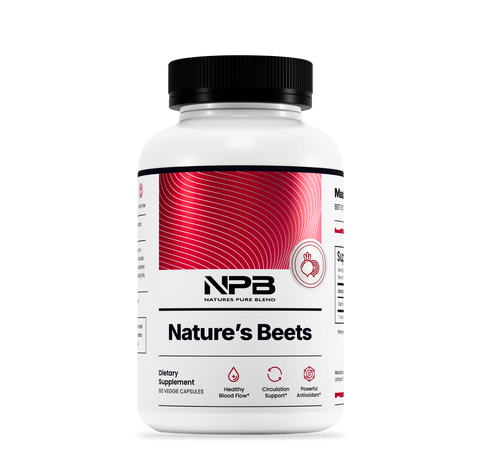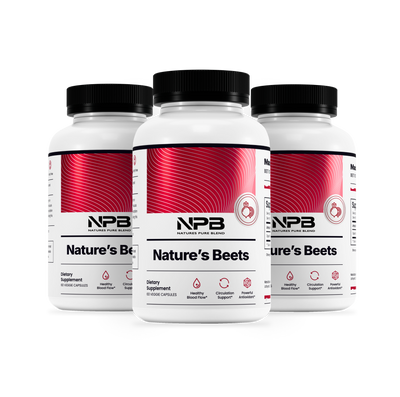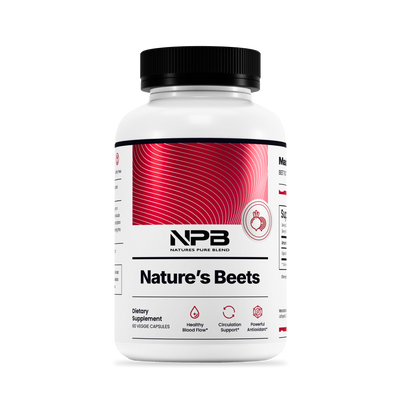Blood pressure isn’t just “high” or “normal.” It follows daily rhythms and reacts to posture, sleep, stress, and activity. Certain patterns—seen on home logs or 24-hour monitors—track with higher chances of heart and vascular problems. When you know what to look for, you can capture the pattern (not just a single number) and act early.
1) Morning blood pressure surge (MBPS)
What it is: A sharp rise in the first hours after waking. 1
Why it matters: Large morning surges add load to the heart and relate to arterial stiffening and events.
How to spot it: Take 2 readings, 1 minute apart, within an hour of waking on several days and compare to your usual nighttime/bedtime levels.
2) “Non-dipping” or reverse-dipping at night
What it is: BP fails to fall ≥10% during sleep (“non-dipping”) or is higher at night than day (“reverse-dipping”). 2
Why it matters: Non-dipping patterns are linked to more cardiovascular events and mortality, and mechanistically reflect disrupted circadian control.
How to spot it: Best seen on ambulatory BP monitoring (ABPM); home devices with validated nighttime mode can help.
3) Nighttime (nocturnal) hypertension
What it is: Average sleeping BP is elevated even if daytime looks acceptable. 3
Why it matters: Nighttime BP is a stronger predictor of outcomes than daytime BP in multiple cohorts.
How to spot it: ABPM is the gold standard; some home monitors capture automatic nighttime readings.
4) Masked hypertension
What it is: Clinic numbers look fine, but home/ABPM numbers are high. 4
Why it matters: Carries cardiovascular risk comparable to sustained hypertension; can be unmasked by exercise BP or evening/night readings.
How to spot it: Pair office checks with a 7-day home log (AM/PM) or ABPM.
5) White-coat hypertension
What it is: Elevated in clinic, normal at home. 5
Why it matters: Untreated white-coat hypertension shows higher event and mortality risk than true normotension and often progresses; treated white-coat effect is less concerning.
How to spot it: Confirm with home monitoring or ABPM before labeling “hypertension.”
6) Orthostatic (postural) hypotension
What it is: BP drops when you stand (commonly ≥20 systolic or ≥10 diastolic within 3 minutes). 6
Why it matters: Associated with higher risks of cardiovascular events in meta-analyses; also increases fall risk.
How to spot it: Measure seated after 5 minutes, then at 1 and 3 minutes after standing.
7) Excessive blood pressure variability
What it is: Big swings from visit to visit or day to day beyond normal fluctuation. 7
Why it matters: Greater BP variability independently predicts stroke and vascular events, beyond average BP.
How to spot it: Consistent technique at home (same times, positions), and bring your log to compare across weeks.
How to monitor patterns (and make the data useful)
-
Standardize technique: Back supported, feet flat, arm at heart level, no talking; rest 5 minutes first.
-
Log smart: 2 readings, 1 minute apart—morning before meds/food and evening before dinner for 7 days; average them.
-
Consider ABPM: Ask your clinician about a 24-hour monitor if morning surges, nighttime highs, or clinic/home mismatches are suspected.
-
Track context: Sleep quality, alcohol, new meds, unusual stress or pain—note it next to readings.
Bottom line
Patterns like morning surges, nighttime highs/non-dipping, masked or white-coat effects, orthostatic drops, and high variability carry actionable information about cardiovascular risk. Combining a careful home log with (when needed) 24-hour monitoring gives you and your clinician a clearer map—so you can tune habits, timing, and treatment to the pattern, not just a single number. Educational use only; not medical advice. Seek care promptly for red-flag symptoms (chest pain, severe headache, shortness of breath, vision changes).















